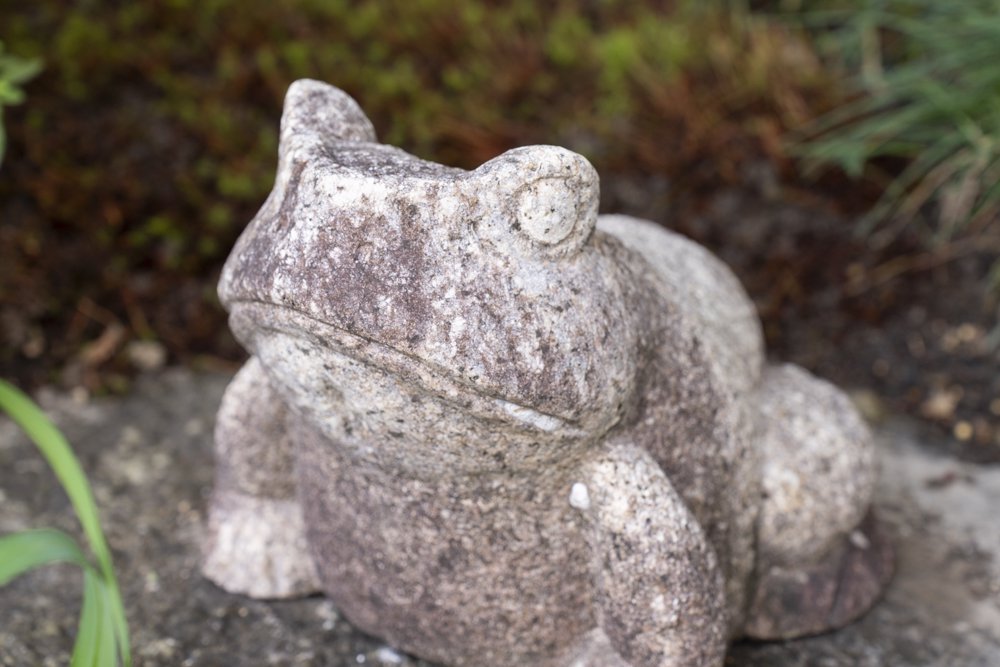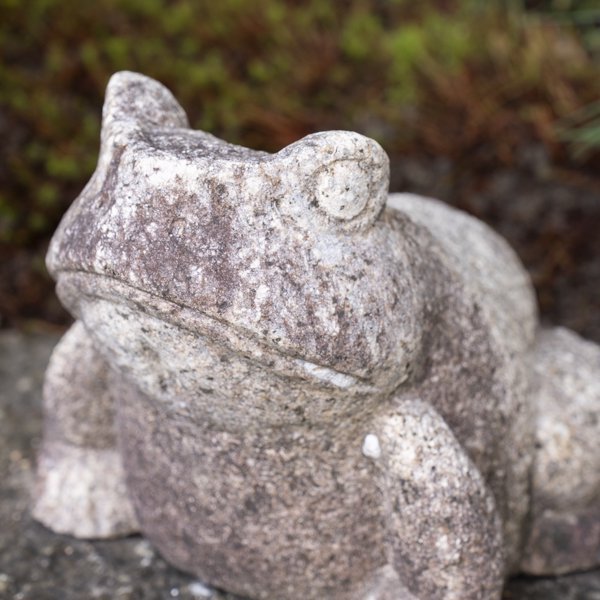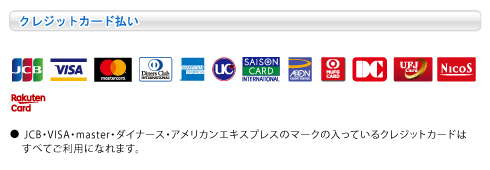���������� | Frog
70,000��(�ǹ�77,000��)
English Follows Japanese Below
���ܤ�ʸ���ˤ����ơ�������Ϲ�����˭�������ħ����¸�ߤȤ���Ƥ��ޤ������դ���©����Ѥ��顢˭����������˱ɤ�Ϣ�ۤ����ޤ�����²�η�ӤĤ��������äƤ���褦�ˤȤδꤤ�����֥�����פȤ�����Ϥ��碌�⡢�ﵯʪ�Ȥ��ƿƤ��ޤ����ͳ�ΰ�ĤǤ���


���ܤǺǤ���Ħ�郎����ʡ����θ�����ԤǸŤ�����Ƥ��ޤ�Ƥ��롢�����С�����Ԥβƻ��϶�ǻ��Ф���뤳�Ȥ��顢�ƻ��СʤʤĤ�ޤ����ˤȸƤФ�Ƥ��ޤ���
�м��ϸ���Ф���ǤϽ��餫��Ǵ�꤬����Τǡ��٤䤫��Ħ�郎���䤹����������������϶����ʩ�ˤ褯���Ѥ���Ƥ��ޤ����礭��Ĺ�������Ǥ�Τ�뤿�ᡢĻ�������ʤɤˤ���Ѥ���Ƥ��ޤ������ۤ��䤹���Ȥ���Ƥ��ޤ������ݤʤɤ��Τ�䤹���Τǡ����������ߡ��Ф����礤���Ф䤹���Τ���ħ�Ǥ���

�Ǻࡧ���θ����ƻ���
�⤵��20��
������21��
���ԡ�30��
�Ť���12 kg
�� ���̤����뾦�ʤǤ��Τǡ������夲��ݤˤϡ�ξ��Ǥ��ä���Ȼ��äƤ���������
�� �к�Ϸ礱�䤹���Τǡ�ʪ�ˤ֤Ĥ��ä��ꤷ�ʤ��褦�ˤ����դ���������
In Japanese culture, frogs are considered to symbolize good luck and abundance. As they live near water, they are associated with a rich life and prosperity. The word "kaeru" (frog) sounds similar to the Japanese word for "frog," and it carries with it the wish for family ties and the return of wealth, which is one of the reasons why they are popular as lucky charms.
In Okazaki City, Aichi Prefecture, known for its thriving stone carving industry, the highly esteemed white granite stone has been cherished since ancient times. Due to its extraction in the Natsumaya district of Okazaki City, it is commonly referred to as Natsumaya stone.
The stone quality of Natsuyama-ishi is soft and has a sticky texture among granite stones, making it suitable for delicate carving. It is commonly used for lanterns and stone Buddhas in the Chubu region. It can also be quarried in large, elongated shapes, thus it is used for torii gates and stone monuments. Although it is known to absorb water easily, it tends to attract moss, making it blend well in gardens and highlighting the stone's natural texture as a distinctive feature.
Material: Natsuyama stone from Aichi Prefecture (Granite)
Height: 20 cm
Width: 21 cm
Depth: 30 cm
Weight: 12 kg
Due to its weight, when lifting, please ensure to hold it firmly with both hands.
As stone is prone to chipping, exercise caution to prevent it from hitting other objects.
We also accept custom-made stone products. Please feel free to inquire and discuss your preferences through our contact form.
Contact Form
������Ϲ������˱ɤ�Ƥ֡����ܤ�����Ū�ʱﵯʪ�Ǥ���
���ܤ�ʸ���ˤ����ơ�������Ϲ�����˭�������ħ����¸�ߤȤ���Ƥ��ޤ������դ���©����Ѥ��顢˭����������˱ɤ�Ϣ�ۤ����ޤ�����²�η�ӤĤ��������äƤ���褦�ˤȤδꤤ�����֥�����פȤ�����Ϥ��碌�⡢�ﵯʪ�Ȥ��ƿƤ��ޤ����ͳ�ΰ�ĤǤ���


�����������ద�θ����ƻ���
���ܤǺǤ���Ħ�郎����ʡ����θ�����ԤǸŤ�����Ƥ��ޤ�Ƥ��롢�����С�����Ԥβƻ��϶�ǻ��Ф���뤳�Ȥ��顢�ƻ��СʤʤĤ�ޤ����ˤȸƤФ�Ƥ��ޤ���
�м��ϸ���Ф���ǤϽ��餫��Ǵ�꤬����Τǡ��٤䤫��Ħ�郎���䤹����������������϶����ʩ�ˤ褯���Ѥ���Ƥ��ޤ����礭��Ĺ�������Ǥ�Τ�뤿�ᡢĻ�������ʤɤˤ���Ѥ���Ƥ��ޤ������ۤ��䤹���Ȥ���Ƥ��ޤ������ݤʤɤ��Τ�䤹���Τǡ����������ߡ��Ф����礤���Ф䤹���Τ���ħ�Ǥ���

���ʾܺ�
�Ǻࡧ���θ����ƻ���
�⤵��20��
������21��
���ԡ�30��
�Ť���12 kg
�����Ѿ������
�� ���̤����뾦�ʤǤ��Τǡ������夲��ݤˤϡ�ξ��Ǥ��ä���Ȼ��äƤ���������
�� �к�Ϸ礱�䤹���Τǡ�ʪ�ˤ֤Ĥ��ä��ꤷ�ʤ��褦�ˤ����դ���������
���������ᥤ�ɤ���¤������⾵�äƤ���ޤ������䤤��碌�ե�����ˤơ������ڤˤ����̤���������
���䤤��碌�ե�����
Frogs are traditional Japanese lucky charms that bring good luck and prosperity.
In Japanese culture, frogs are considered to symbolize good luck and abundance. As they live near water, they are associated with a rich life and prosperity. The word "kaeru" (frog) sounds similar to the Japanese word for "frog," and it carries with it the wish for family ties and the return of wealth, which is one of the reasons why they are popular as lucky charms.
Using the Representative Aichi Stone, Domestically Produced Granite
In Okazaki City, Aichi Prefecture, known for its thriving stone carving industry, the highly esteemed white granite stone has been cherished since ancient times. Due to its extraction in the Natsumaya district of Okazaki City, it is commonly referred to as Natsumaya stone.
The stone quality of Natsuyama-ishi is soft and has a sticky texture among granite stones, making it suitable for delicate carving. It is commonly used for lanterns and stone Buddhas in the Chubu region. It can also be quarried in large, elongated shapes, thus it is used for torii gates and stone monuments. Although it is known to absorb water easily, it tends to attract moss, making it blend well in gardens and highlighting the stone's natural texture as a distinctive feature.
Specifications
Material: Natsuyama stone from Aichi Prefecture (Granite)
Height: 20 cm
Width: 21 cm
Depth: 30 cm
Weight: 12 kg
Usage Precautions
Due to its weight, when lifting, please ensure to hold it firmly with both hands.
As stone is prone to chipping, exercise caution to prevent it from hitting other objects.
We also accept custom-made stone products. Please feel free to inquire and discuss your preferences through our contact form.
Contact Form






